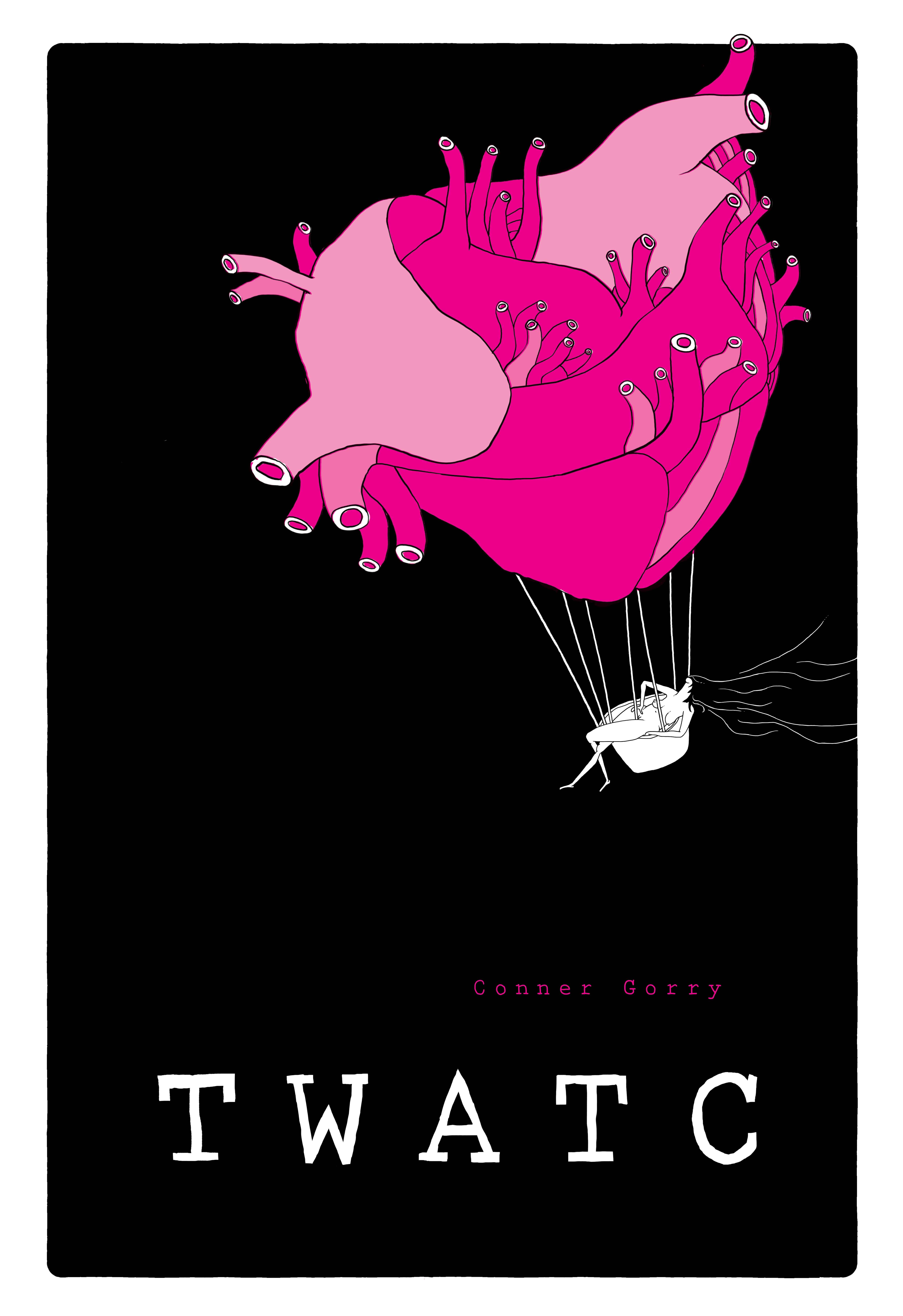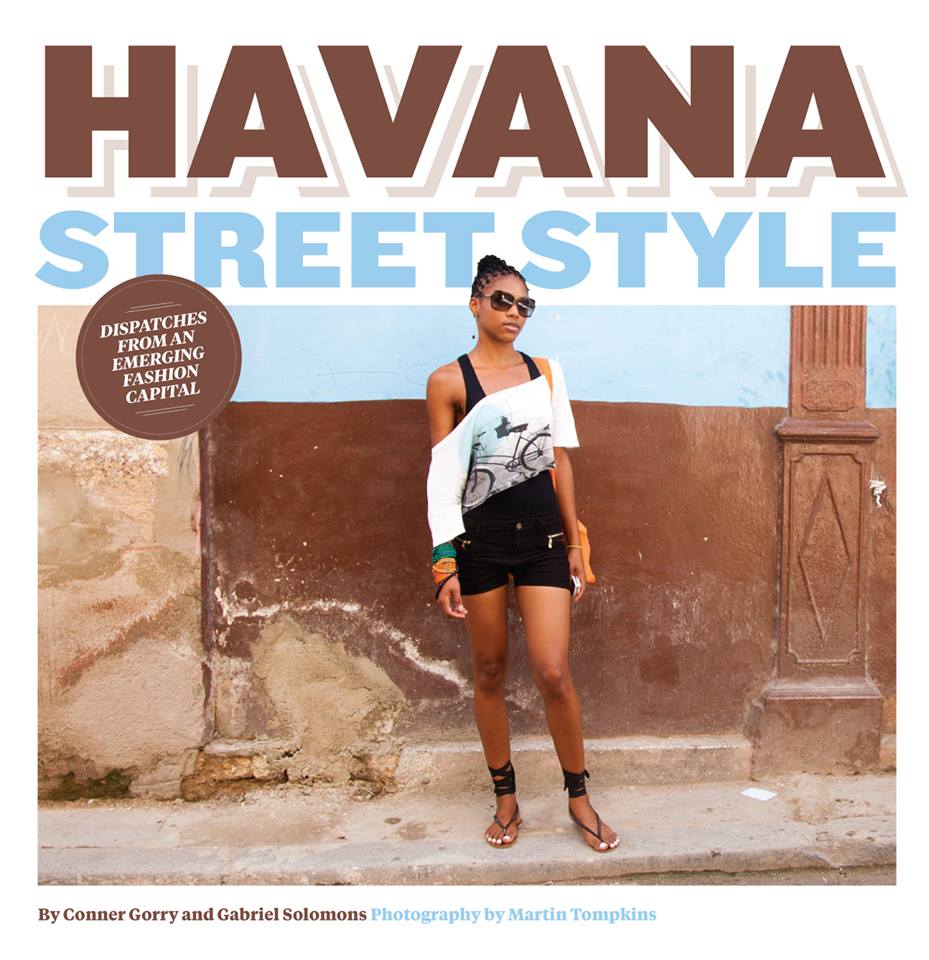[tweetmeme source=”connergo” only_single=false]
Things are pretty tense around here. And it doesn’t help that Hurricane Irene is heading towards Port-au-Prince as I write this. When it’s threatening this close, we swing into action (see note 1). 2011 is a particularly harrowing hurricane season because we’ve escaped major damage for 2 years running (toca madera/knock on wood). Like an unfaithful spouse who spends too many Saturdays ‘at the office’ or ‘runs errands’ at odd hours, you just know the luck is going to run out one of these days. But I digress.
Followers of Here is Havana know that I’ve been covering the changes in Cuba (however sporadically and anecdotally; see note 2). And now – as marriages fail; savvy metrosexuals return from exile to launch private businesses; and the bourgeoisie distract themselves with whiskey and Facebook – seems like a good time for an update.
This installment focuses on ground level detail and how Cuba’s newest capitalist forays are affecting us, the hoi polloi. I’m talking about viejitas selling knick knacks and caps from their crumbling porticos and gentrification of neighborhoods which for generations have been mixed. Meanwhile, rainbow umbrellas signposting private cafeterias sprout like mushrooms in cow shit and ever-more-evident class divisions, combined with a certain impatience and market madness, weigh heavy on my mind.
Hanging on for dear life: I don’t have a car, which is an anomaly for most foreigners here and has drawbacks, clearly, but is also advantageous since it obligates me to navigate the public transportation system. In practice, this means I have no problem getting a bus from the Capitolio to Marianao or the Cine Chaplin to La Copa (see note 3).
Since I make much more than the average Cuban (but much less than the average resident foreigner – a hard concept for most Cubans), I also take the 40 cent fixed route/collective taxis that ply Havana’s streets. However, a significant change in the law regulating these taxis is putting our lives at risk: whereas it used to be only the owner of the almendrones (those pre-1959 hulks tourists go gaga over) could drive it for fares, now they can subcontract driving duties.
This small change on paper has meant big changes on Havana’s streets. Drivers are now young, restless, and reckless; it’s plain some of them have never even driven before (and are unlicensed, if one of my insider sources is to be believed). Others are so blatantly young even Cuban law would prosecute me were I to bed one down.
The result? Tank-like Dodges, Buicks, and Fords caroming along major arteries like Línea and 23, Calzada del Cerro and Calle 51 at high speeds, only to peel out of traffic with a hard turn of the wheel and screech up to the curb to snatch another 10 peso fare. I’m not the only one who lets these wild child choferes continue on their way, opting to wait for an older, more seasoned driver who cares at least for his car, if not his clients.
Ration cuts: Slowly but surely, the monthly rations (really fortnightly rations since they only last that long, and only then for the thriftiest and most creative cooks) are being cut. Not everyone needs them, let’s be frank, but for the millions that do, this is a problem. In Cuba, libreta rations aren’t free, but almost; since they’re so highly subsidized, payment is a token gesture. But hard times call for hard cuts and some rations – beans, most notably – have been reduced, while others (soap, toothpaste, laundry detergent, cigarettes), have been eliminated entirely. This can be crippling for old folks especially, but also working class families and other vulnerable groups.
But that’s not the only effect of this new policy. Take the cut in the salt ration for instance. Once upon a time, each household received a kilo of salt every three months. That ration has now been halved and may be discontinued altogether, meaning when you run short, salt has to be purchased at ‘parallel markets’ in pesos cubanos or hard currency “dollar stores,” (I suppose people peddle the white crystals on the black market, but I’ve little energy for that particular hassle and hustle). Either way, salt is now a pricey commodity.
The subsidy slash, combined with the cost of salt outside the libreta, make it virtually impossible for those unfortunate enough not to have access to hard currency to augment their salt stores. No salt means blander food, of course, but it also means we no longer knock on our neighbors’ door asking for a bit of salt – not at the new prices. Borrowing sugar, lending salt: these are diehard habits in Cuba and are among the daily threads which give the mantle of solidarity heft on the island. Let’s see how it holds up moving forward.
Cafeterias ad nauseam: One of the most immediate and visible effects of the new regulations has been the veritable explosion of private cafeterias and snack shacks across Havana (see note 4). No matter that each of them has an identical menu of fruit shakes, egg sandwiches and cajitas (to be fair, the ones that are good tend to be great – at least at the outset anyway). And no matter that some of them are churning out such poor quality fare I’ve actually seen people dumping food into the closest trash bin.
That said, some families are really making a go of it. However, just as the taxi sub-contracting policy and striking salt from the ration card are having unintended side effects, I suspect this cafeteria mania is too: I fear it’s making people sick. Sure, there’s always an uptick of stomach viruses in the summer, but this season, I know a lot more people with explosive diarrhea, fever, and projectile vomiting – usually all at once. While I have zero proof, poor food preparation and storage, plus sketchy hygiene, can mean food-borne illnesses. And since the government doesn’t have the inspectors necessary to inspect and monitor all these new cafeterias…Indeed, e coli warnings have begun appearing – a first for me in 9+ years of living here.
Marketing learning curve: The operative word here is steep – very, very steep. Forget that every cafeteria is making the same sandwich and that the same pirate DVDs are sold everywhere, from Vedado thoroughfares to dark entryways in Centro Habana. Lack of product differentiation is only one of the problems with the emerging capitalist experiment. The real question is: how do you distinguish your pan con jamón from the next gal’s or make your Jackie Chan ‘combo’ stand out from the rest?
This isn’t a query occurring to most entrepreneurs here, if the twinkly Christmas lights and hand-lettered signs around town are any indication. But some folks – whether they’re returned exiles, have advice coming in from Miami, or are just putting Cuban ingenuity to a new test – are on it. At major intersections and big grocery stores for example, hot, young Cubans pass out flyers advertising the newest paladares, some of which I’ve had the pleasure to try thanks to this publicity (the best are included in the newest version of Havana Good Time, out next week).
But one mode of advertising which has recently appeared in my neighborhood and is insoportable wherever it’s found are mobile megaphone announcements. Loud, obnoxious, and largely unintelligible (I still haven’t been able to divine a single good or service advertised by these noise polluters), these ads are delivered by enthusiastic barkers via bicycle, motorcycle or car-mounted megaphones. This is annoying enough, but I fear these ads may be the death knell for the sing-song call of the pregoneros – hawkers who pound the pavement advertising their wares in a melodic, iconic incantation. These were effective – it’s how I got my new mattress, after all.
Stay tuned for more on-the-ground impressions of evolving Cuba.
Notes
1. For the curious: I’ve passed so many hurricanes in Havana I’ve lost count and Cuban preparedness and response is efficient, effective, and a wonder to behold. Lives are very rarely lost – even in the most heinous, category 5 cyclones – which underscores the absurd tragedy that is adverse weather events in the USA à la Katrina or the recent Missouri River floods.
2. Dedicated fans will be happy to learn Here is Havana The Book is finally receiving some overdue attention; I hope to have it out by this time next year. Stay tuned!
3. Bus travel in Havana is generally a bitch, but for visitors who speak Spanish, I suggest taking at least one to eavesdrop: there is probably no more effective way to take the pulse of the population than to listen to a busload of Habaneros quibble and kvetch.
4. As of April 2011, 20% of the nearly 222,000 permits issued to private businesses have been for food service. The government estimates 80% of these start ups will fail in the first year.











Fascinating. I’ve lived in a number of “developing” countries and one of the first signs that things are getting better commercially is the sprouting up of coffee shops and small Western-style eateries with enticing names such as Cafe Europa, Hollywood Bar, and so on. Many of them fail and disappear.
I expect what you are describing is only the beginning of more change. Hang on for the ride.
Hi, Conner. another very interesting read!!,…it always makes my Day!;-)
Hey Conner- thanks once again for getting us up to speed on the changes in Cuba- I must disagree with you re: the busses in Havana- I am only there once a year and am seldom in a hurry but the Havana bus system is SO much better than 5-7 years ago and pretty darn good given the budget and the fact that many wealthier countries don’t have a system as good. And the fare? Worth every penny- all four of them! (or is it eight I forget…)
The buses have improved, somewhat, for some routes. It is still very hard at night and on Sundays to get public trans. And I agree: very good given what we’ve got to work with.
Thanks Connor, good article. Sad to think of Cubans not having enough salt. The idea of taking public transportation to listen to what the people are saying is intriguing.
Yes, the salt ‘problemita’ is quite the talk lately. Enjoy the guagua!
Well, maybe less salt will get their blood pressure down a bit 😉
Yes! I write a lot about chronic diseases for MEDICC Review and this would be a terrific side benefit. Thanks for pointing it out.
Fascinating, thanks for the update on the changes happening. I’ll be a bit prepared for my annual trip this winter!
Your blog post is very interesting but in my opinion is not actually the reality on the ground. The American Classic cars that you speak of are very valuable to the Cuban owners as are all cars in Cuba.
To blatantly state that any Cuban with such an irreplaceable asset (lets make sure everyone knows that Cubans are not allowed to buy new cars) would be so irresponsible with it as to allow underage and or inexperienced drivers to have freerun with a taxi is a little distant from reality.
I have no doubt that perhaps this may have happened but to write as if it is the new reality is unfortunate at best.
Thanks for writing in. They are very valuable, true. I never said anything to the contrary. My experience on the ground, taking these 10 peso cars daily, is as I wrote it.
A Cuban without salt… hmmmm…. not good, not good…
I know you can’t view youtube… but maybe others can find this video interesting (regarding the recent changes…)
Yup. no YouTube for me on this m*erda de dial up, but everyone else: check it out. It’s in English, apparently, with subtitles when needed.
Just like to say, that I watched that video, posted by Caney,….very interesting, thanks Caney.
Your idea of writing on the health problems is an excellent one. Years of fried food, oversalting, allowing children to eat bread coated with oil and salt, lick the grease off the plates of fried plantanos, pork, pork and more pork, lack of or dislike of vegetables other than cabbage, cucumbers and tomatos…..years of free smokes in the libreta, No wonder everyone wants Omega 3!
Hey Candysita. One of the coolest things about my day job at MEDICC Review is I get to work with Cubans who are writing about this in a scientific, evidence-based way. You and others might like this article we published in 2008 entitled Cuba’s Deadly Diet (in the survey cited, a whopping 90% said they would eat ham once a day if they could; ham and cheese sandwich was listed as favorite food, surprise! surprise!)
Love your blog, just stumbled upon it, nice to read about Havana and thank-you for writing about facts most folks don’t know about.
Very interesting article! So true. I plead guilty to eating Mami’s cooking that has been fried in oil that sits in the cast-iron frying pan and is re-used again and again. Repeated requests to dump the oil into the pig-slop pail and start fresh with a new bottle of oil ( No…saving that for an emergency-even though she already has five such bottles saved already) goes unheeded and a wrestling match ensues when I try to do dispose of it. Or I get swatted with the nearest cooking utensil. I simply do not know how to impart to my family (all highly educated individuals including a doctor) that their eating habits are atrocious.
I can get you the original article in Spanish if you like!
I would love the article in Spanish. I will pass it along to all my doctor friends who are just as guilty as everyone else there. Gotta go. Hungry for a ham and cheese sandwich
I’m tracking it down. In other news: Kiki Alvarez’ new movie Marina debuts tonight – filmed entirely in and around Gibara!
Are you going to see it? Please let me know how it is. I was there when they were filming part of it. It sounds like a real life story….return to the Oriente to discover your house has been given to Cyclone victims…I am dying to see it and how my pretty town is depicted. They even went across the Bay on the barco like all of us have done hundreds of times. We all felt like stars of the cinema ourselves, knowing Enrique was following in our footsteps, giving legitimacy to our lives and our beloved Playa Blanca.
Wow! From what you write, I would struggle to recognise the Cuba that I left six years ago. A large part of me is sad to hear of the changes but I suppose anything that makes life better for the majority of Cubans can’t be all bad. I guess we’ll have to wait and see whether all these changes have that effect. I suppose being a foreigner and having the option to leave when I wanted to left me a little more tolerant of the downsides to life there. However, while I found life there harder is some ways than my life that I’ve lived in Europe and Australia but also much more pleasant in many more ways – it’ll be a shame if all the best things about Cuba are intentionally or inadvertantly destroyed by these changes.
Pingback: Lost in Translation II: Gringa Says What?! | Here is Havana
Pingback: Cuba Contradictory | Here is Havana
Pingback: How to Cope Like A Cuban | Here is Havana
Pingback: How to Cope Like a Cuban | connergo's Blog
Pingback: Black Market a lo Cubano | Here is Havana
Pingback: Havana Es Un Pañuelo | Here is Havana
Pingback: Havana Es Un Pañuelo | connergo's Blog
Pingback: La Bola en la Calle: Crime in Cuba | Here is Havana